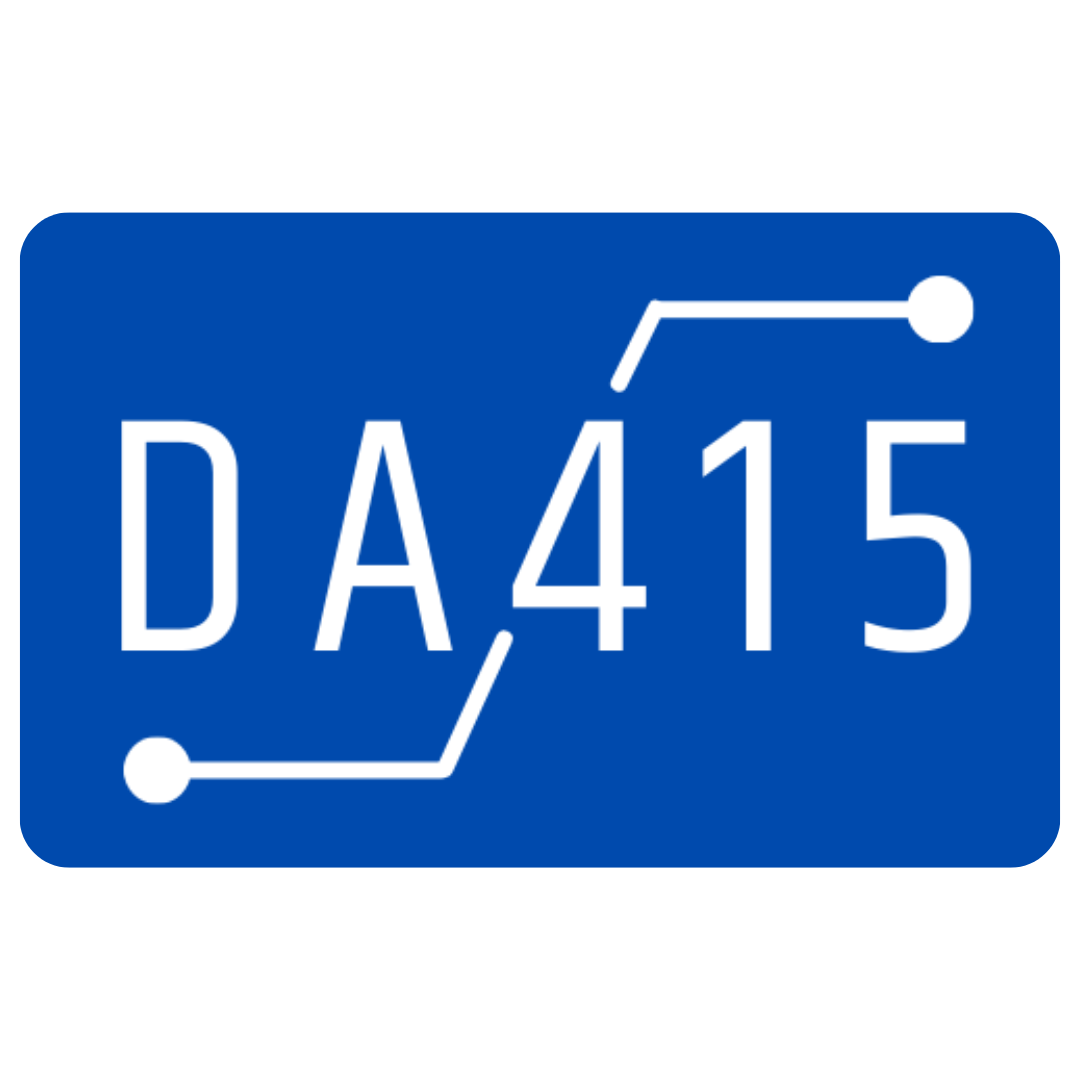Navigating Network Challenges: Tips for a Faster, Smoother Experience

The low Network performance – LAN, WLAN, Data Center, the Cloud – can lead to various problems that affect the overall functionality, efficiency, and reliability of an organization’s IT infrastructure.
Here are some common issues associated with low-Network performance WAN or data center networks:
1. Slow Application Response Times:
Applications hosted in the data center or accessed via the WAN may experience slow response times, impacting user productivity and satisfaction.
2. Delayed Data Transfers:
Data replication, backups, and file transfers between different data center locations or remote sites may take longer than expected, affecting data synchronization and business continuity.
3. High Latency:
High latency in the WAN or data center network can cause delays in data transmission, leading to sluggish performance in real-time applications like video conferencing, VoIP, and online gaming.
4. Packet Loss:
Packet loss, where data packets fail to reach their destination, can occur due to network congestion or issues with network infrastructure. This can result in retransmissions and degraded performance.
5. Limited Bandwidth Capacity:
Insufficient bandwidth can lead to congestion and bottlenecks in the network, affecting the ability to handle peak traffic loads and causing slowdowns in data transfers and application access.
6. Network Downtime:
Unplanned network outages or downtime can occur due to hardware failures, software glitches, or maintenance activities, disrupting business operations and causing financial losses.
7. Impact on Virtualization and Cloud Services:
Virtualized environments and cloud-based services hosted in the data center may suffer from performance degradation if the underlying network infrastructure cannot provide adequate bandwidth and low-latency connectivity.
8. Poor User Experience:
Employees, customers, or partners accessing applications or services over the WAN or data center network may experience frustration and dissatisfaction due to slow performance and unreliable connectivity.
9. Compliance and Security Risks:
Inadequate network performance can pose compliance and security risks, as it may impact the timely delivery of critical security updates, patches, and monitoring activities.
10. Loss of Competitive Advantage:
Organizations with slow or unreliable network performance may lose their competitive edge in the market, as they struggle to deliver seamless digital experiences and respond quickly to changing business demands.

Which steps can my organization follow to solve network performance problems?
Addressing problems related to low performance in a wide area network (WAN) or data center network requires a systematic approach that involves identifying the root causes and implementing targeted solutions. Here are steps to follow to fix such issues:
Identify Performance Bottlenecks:
Conduct a thorough assessment of the network infrastructure to identify areas of congestion, bottlenecks, and performance limitations. Use network monitoring tools to collect data on bandwidth utilization, latency, packet loss, and other key performance metrics.
Analyze Network Traffic Patterns:
Analyze network traffic patterns to understand the types of traffic traversing the network, peak usage periods, and applications consuming the most bandwidth. This information will help prioritize optimization efforts and resource allocation.
Optimize Network Configuration:
Review and optimize network configurations, including router and switch settings, Quality of Service (QoS) policies, and routing protocols. Ensure that network devices are properly configured to prioritize critical traffic and minimize latency.
Upgrade Bandwidth Capacity:
If bandwidth limitations are identified as a bottleneck, consider upgrading WAN links or increasing the capacity of network connections to accommodate growing traffic demands. This may involve upgrading to higher-speed links, implementing link aggregation, or deploying additional network circuits.
Implement WAN Optimization Techniques:
Deploy WAN optimization technologies to improve the efficiency of data transfer over the WAN. These techniques may include data compression, deduplication, caching, and protocol optimization to reduce latency and bandwidth consumption.
Optimization Data Center Architecture:
Review the architecture of the data center network to ensure optimal performance and scalability. Consider implementing technologies such as virtualization, load balancing, and traffic prioritization to distribute workloads efficiently and prevent congestion.
Improve Network Security:
Enhance network security measures to protect against cyber threats and ensure the integrity and availability of network resources. Implement firewalls, intrusion detection systems (IDS), and access control mechanisms to safeguard sensitive data and prevent unauthorized access.
Implement Content Delivery Networks (CDNs):
Utilize CDNs to cache and deliver content closer to end-users, reducing latency and improving the responsiveness of web applications and services. CDNs distribute content across geographically dispersed edge servers, ensuring faster delivery to users worldwide.
Monitor and Analyze Performance:
Continuously monitor network performance and analyze performance metrics to identify any recurring issues or emerging problems. Implement proactive monitoring and alerting mechanisms to detect and address performance issues before they impact users.
Regularly Review and Update Network Infrastructure:
Regularly review and update network infrastructure components, including hardware, software, and configurations, to ensure compatibility, reliability, and performance optimization. Stay informed about industry best practices and emerging technologies to keep the network infrastructure up to date.
Does your organization benefit from a high network performance?
Contact us today to schedule a call to discuss all the details.

Addressing low-performance issues in WAN or data center networks requires a comprehensive approach, including network optimization, capacity planning, traffic prioritization, hardware upgrades, and proactive monitoring and management. Collaborating with experienced network engineers and leveraging advanced networking technologies can help mitigate these problems and ensure the smooth operation of critical business processes.
Follow us on LinkedIn to stay updated with our news.
Author
Amador Peralta
I am a Solutions Architect and Founder at DA415, where we provide services to facilitate business innovation by adopting the latest technologies related to Networking, Cloud and Security. Companies look to DA415 Group when seeking to fill the knowledge and experience gap created by this process. With over 30 years of experience in the IT industry, I have extensive knowledge and hands-on experience in various domains, such as WAN, LAN, WLAN, Data Center, SDN, ZTNA, AWS Cloud, Amazon Connect Call centers and Hybrid Cloud connectivity. We work together with our customers worldwide to make possible technology adoption by offering Consulting and Professional Services & expertise. Please find more details at https://da415.com.

